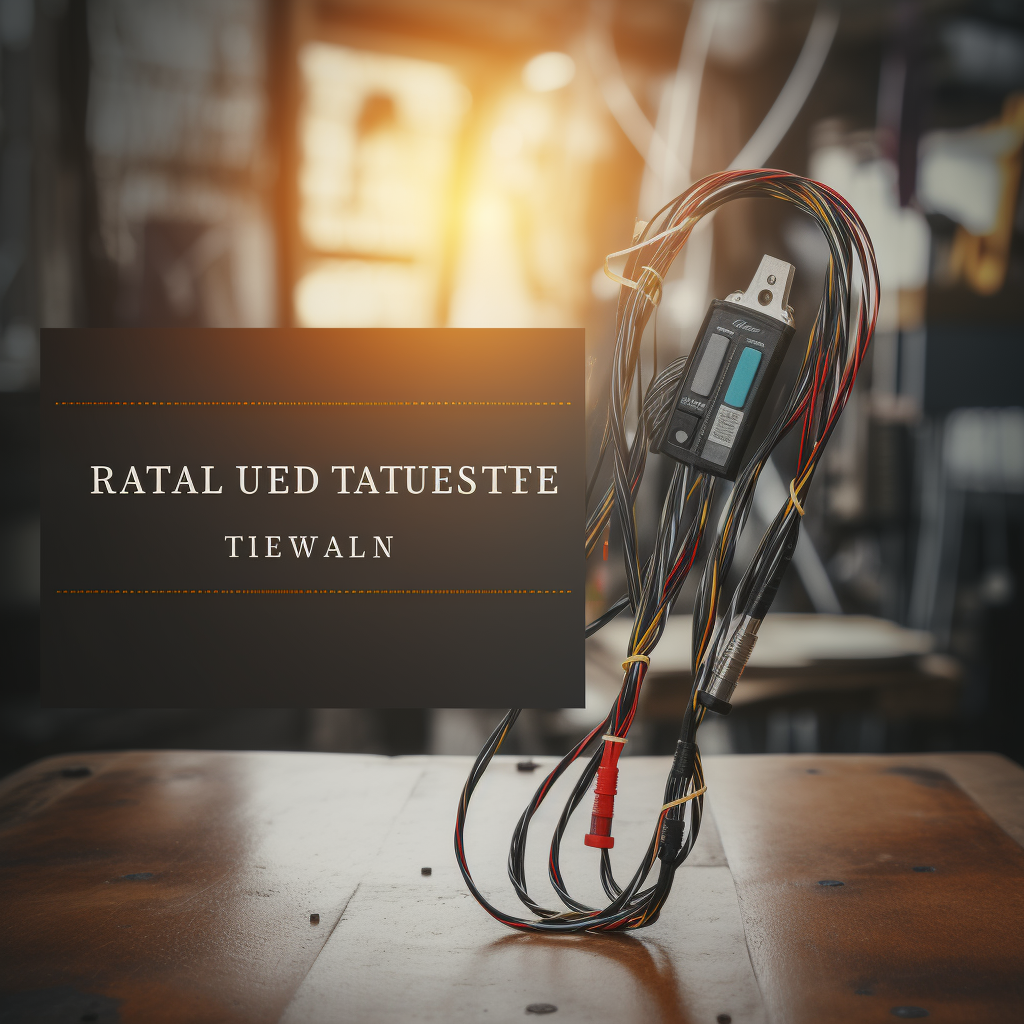Introduction
In the world of electrical systems, the reliability of wire harnesses is non-negotiable. This makes testing and quality assurance critical aspects of the wire harness manufacturing process. Whether you’re a professional in the field or a curious learner, understanding these processes can provide valuable insights. This blog post serves as a comprehensive guide to the essentials of wire harness testing and quality assurance.
1. The Importance of Wire Harness Testing:
Wire harness testing is vital for ensuring the safety, functionality, and durability of the harness. It helps in identifying manufacturing defects, preventing potential failures in real-world applications, which can range from minor inconveniences to critical safety hazards.
2. Visual Inspections:
The first line of defense in quality assurance is a thorough visual inspection. This includes checking for correct wire and component placement, proper crimping at terminals, and ensuring there are no visible damages to insulation or wires.
3. Continuity Testing:
Continuity tests are performed to ensure that electricity flows correctly through the wires and connectors in the harness. This test identifies any open circuits, which can lead to system failures.
4. Insulation Resistance Testing:
This test checks for any leakage currents caused by insulation breakdown. Ensuring high insulation resistance is crucial, especially in environments where harnesses are exposed to moisture, extreme temperatures, or chemical contaminants.
5. High Voltage Testing:
Also known as dielectric testing, this process involves applying a high voltage to assess the strength and integrity of the insulation. This test is essential for applications where wire harnesses are exposed to high voltage environments.
6. Functionality Testing:
Functionality tests mimic the real-world conditions in which the wire harness will operate. This includes testing the harness under various electrical loads and conditions to ensure it performs as intended in its specific application.
7. Automated Testing Equipment:
To enhance accuracy and efficiency, many manufacturers use automated testing equipment. These systems can quickly perform a series of tests on each wire harness and are especially useful in high-volume production environments.
8. Quality Control Documentation:
Maintaining detailed records of testing procedures, results, and corrective actions is a key part of quality assurance. This documentation is crucial for tracing any issues back to their source and implementing continuous improvement strategies.
Conclusion
Wire harness testing and quality assurance are integral to delivering safe, reliable, and high-quality products. Understanding and implementing these processes effectively can significantly reduce the risk of failure and ensure the long-term success of electrical systems.
If you need custom wiring harness or cable assemblies, feel free to contact WiringLabs.
